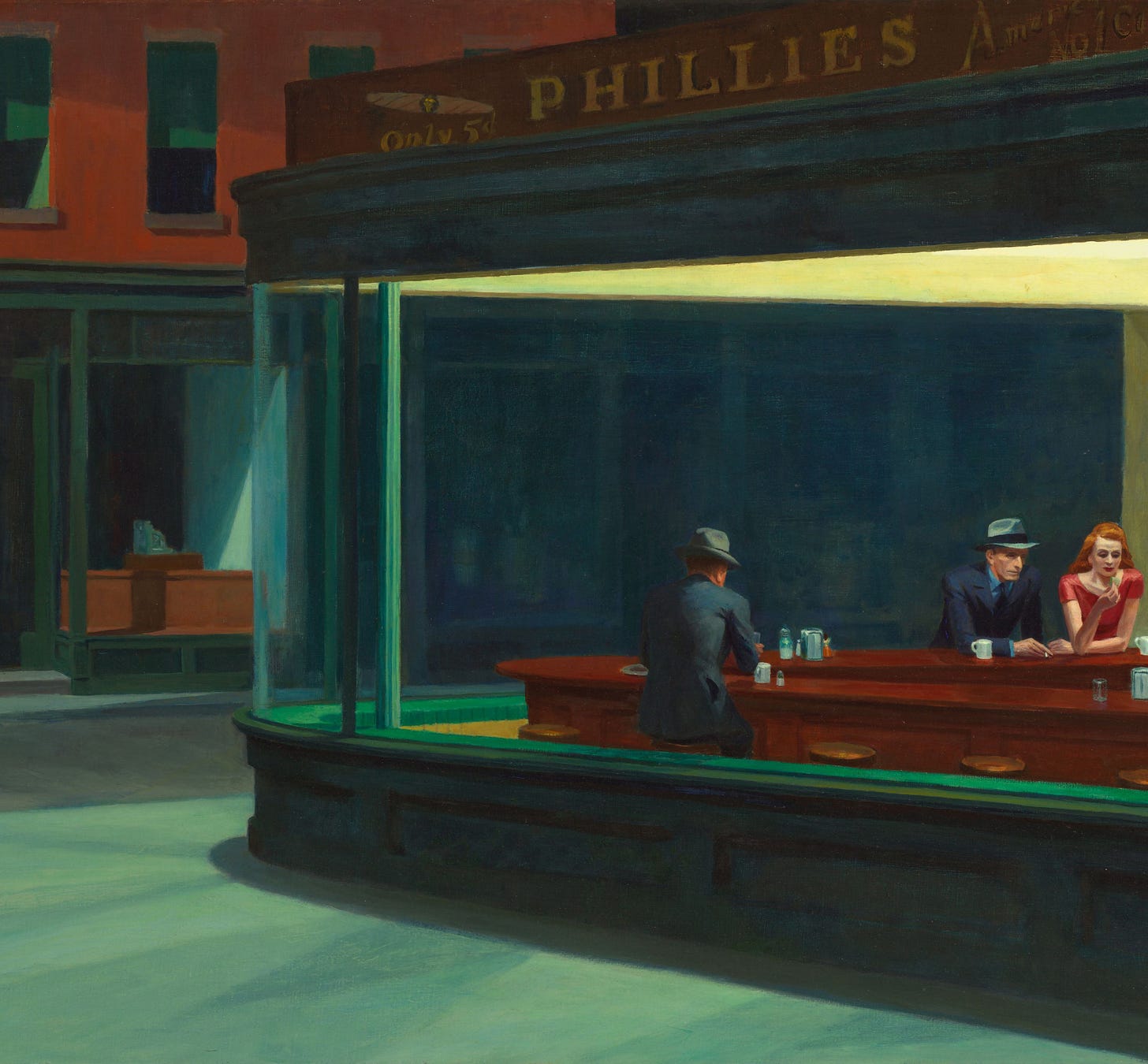
I created my first Gmail account in 2006. I never owned a computer in high school and although I had used Google search engine before I had no idea what browsing was. Life was slow where I grew up. This young man with a wolfish charm at the internet cafe asked me what username I wanted. He kept insisting that it had to be unique. I immediately said “Sayaniblue” and within a few seconds I was forever christened on the web as Sayaniblue, suffixed with my favorite color; a color I had cultivated as a personality, an epithet that held ‘knowing thyself’.
I had a purple phase ever since I learned about Tyrian purple extracted from Murex snails and used to dye fabrics since the time of Phoenicians till the fall of Constantinople (insert my Roman Empire trend but really it was because I watched too much History Channel as a kid and wouldn’t shut up about all the trivia I accumulated). Blue arrived naturally as opposed to frilly pink frocks on playgrounds, strawberry cake at birthday parties, pink bubblegums that came with temporary tattoos, red ballerinas my Ma bought me, yellow marigolds and white daisies, those plain-looking flowers, and long white parched summers. Blue was my first van Gogh, the blind Monet, the fountain pen ink bottles, my art teacher who insisted on ultramarine rather than cadmium, a denim skirt I had that a boy liked, Robinson Crusoe’s voyages, and my penchant for the night sky and constellations. Naturally, most of my shirts are blue.
Blue became a source of pride for me, an honor as if the color shared secrets with my eyes. A color that spanned material and spiritual dimensions. Who other than Edward Hopper could better capture the inner lives and the blue hue that engulfs them? Hopper’s paintings evoke a melancholic romance, a seduction that lurks in dark corners, the loneliness of urban life, the purposefulness of solitude, and the visitations of ennui at sundown. No wonder Rothko and Hitchcock were inspired by him. Along with Hopper, I give you four books that I have re-read over the years and treasured with all my blue heart.
For the blue is not in the place those miles away at the horizon, but in the atmospheric distance between you and the mountains. “Longing,” says the poet Robert Hass, “because desire is full of endless distances.” Blue is the color of longing for the distances you never arrive in, for the blue world.
Trippy? Rebecca Solnit stole my heart with these meditations in A Field Guide to Getting Lost. Here was someone weaving horizons, songs, cartography, cyanotypes, seasons, chinoiserie china, and desire together. A genre-bending book traipsing Solnit’s memories, cumulative cultural knowledge, and philosophy. My disconnected blue-hued pleasures found shelter in this book. I lost myself years ago and became a wanderer of desires just like Solnit writes about. “If you can look across the distance without wanting to close it up, if you can own your longing in the same way that you own the beauty of that blue that can never be possessed?”
If only.
Suppose I were to begin by saying that I had fallen in love with a color.
Thus begins Maggie Nelson’s Bluets. It still baffles me that there are books specifically dedicated to the blueness of blue. Forms, shapes, hues, emotions. This cannot be a coincidence and perhaps a proper scholarly approach is necessary to understand the body of work dedicated to Blue. Is it because there are not many blue foods in nature? Does blue conjure a foreignness as opposed to the red of the blood or black of the ash? Blue denotes poisonous berries and bruises.
I digress. Back to Nelson and her exquisite prose-poem collection. This book is like a selection of apéritifs to be enjoyed on a winter afternoon. In German, to be blue—blau sein—means to be drunk. You open a page and sip on her memories. You take another sip and meet Wittgenstein, Goethe, Leonard Cohen, Newton, Van Gogh, Sebald, Warhol, and Cezanne trying to figure out the physicality and spirituality of colors. Then there’s the stronger negroni for those who want one; Nelson dives into a staccato of viscerally haunting descriptions of sex that are raw and honest, each one navigating solitude and companionship at the same time. What makes you blue? Who are you blue with? ( Text me if you are blue. )
On Being Blue: A Philosophical Enquiry by William Gass is where it all began. When I first read it I was mostly interested in the lists; the whole thing was very Umberto Eco but in a postmodern American way. Turns out I am a listmaker, quite manic I might add and found solace in this catalogue of blue things, obscurities, and concepts.
The blue lucy is a healing plant. Blue john is skim milk. Blue backs are Confederate bills. Blue bellies are Yankee boys. Merucurial ointment, used for the destruction of parasites, is called blue butter, although that greenish-blue fungus we've all seen cover bread is named blue-mold instead.
His litany of blue curiosities is broken by a metaphysical discussion on colors by Kandinsky,
Yellow cannot readily ingest gray. It clamors for white. But blue will swallow black like a bell swallows silence 'to echo a grief that is hardly human.' Because blue contracts, retreats, it is the color of transcendence, leading us away in pursuit of the infinite.
Gass plays with etymologies and psychologies surrounding blue. Bold, brash, and funny, he breaks all the rules of the essay form, making it a delightful read.
"It is strange how deeply colors seem to penetrate one, like scent."
—Dorothea Brooke in George Eliot's Middlemarch
I want to be friends with someone who has read Darconville’s Cat by Alexander Theroux. Anyone? It is supposed to be a book for the lovers of language. Verbose. Dense. Homage to the thesaurus era. Perhaps I shall read it one day. So, it’s hardly surprising that there exists a similar treatment of blue in his book The Primary Colors: Three Essays. This one is encyclopedic, masterful, and inundated with highbrow fanatic attention to detail that makes it the final destination in my search for books on blue. Theroux’s own thoughts about the color are missing unlike the other books mentioned above making it somewhat impersonal. I think my irises are bruised with the beauty of the sixty-odd pages of Theroux’s cultural and anthropological essay.
Colette, the French novelist, believed there are connoisseurs of blue—she would only write on blue stationery—and was very fussy about what she would accept as pure in that color. "The Creator of all things showed a certain closefistedness when distributing our share of blue flowers," she once wrote. "Myosotis, the forget-me-not? It does not scruple, the more it flowers, to verge on pink. The iris? Pooh! Its blue never rises above a very pretty mauve."
Who knew Colette had opinions on the nature of true blue? But I am not surprised anymore.
Until next time!


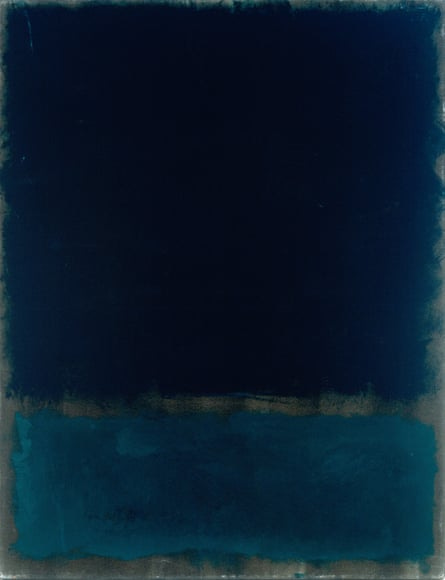
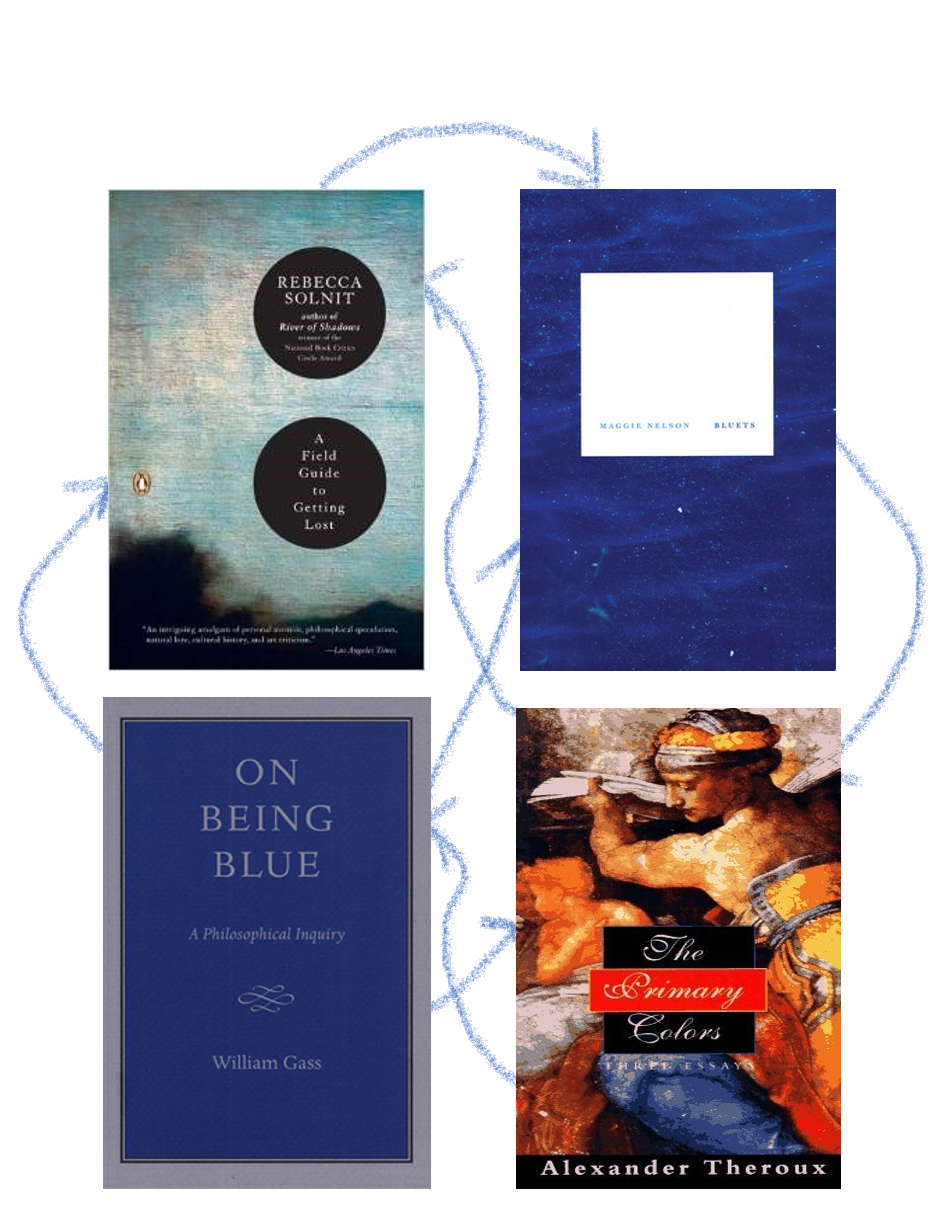
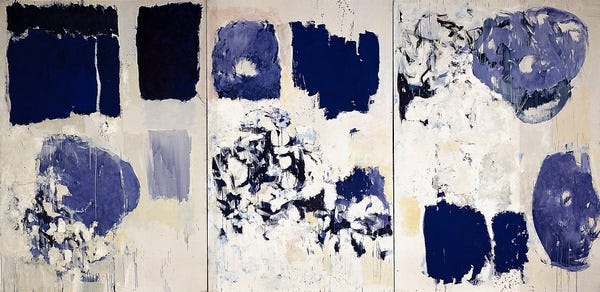
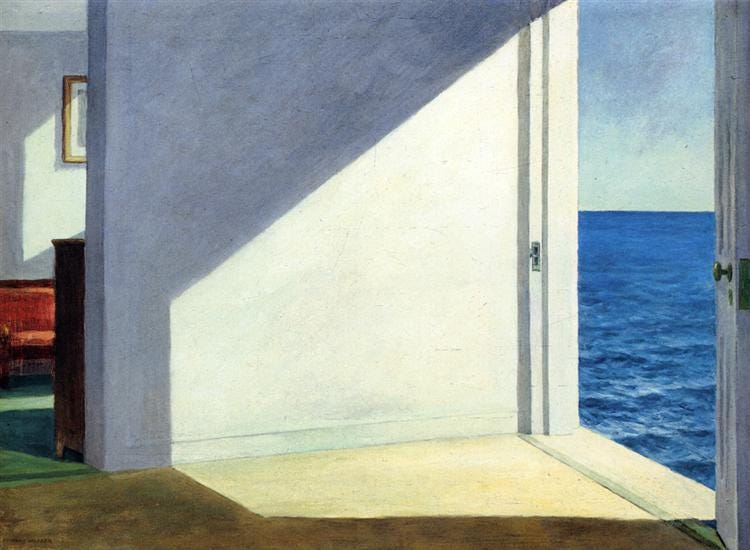
I loved this one! Have you gotten your hands on the Kai Kupferschmidt BLUE book, yet? It's marvelous--quite possibly even a bit too easy breezy science lite for you, but it's been one of my favorite pop-sci books to sell this past year.